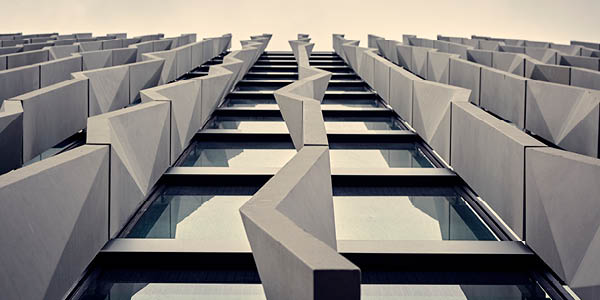
Imperial College London’s £90m Biomedical Engineering Research Hub features in Building magazine

Our work at the Michael Uren Biomedical Engineering Research Hub for Imperial College London has been featured in Building Magazine, a national publication for the construction industry.
The article highlights how the Michael Uren Biomedical Engineering Research Hub, which will be completed in September 2019, is built using a unique cement substitute to reduce global carbon emissions.
Journalist Thomas Lane reports on the use of ground granulated blast furnace slag (GGBS), a waste product of steel manufacture, that was used as cement substitute in the concrete of the building.
The cement substitute that reduces the carbon footprint of concrete was discovered by businessman Sir Michael Uren OBE, who invested £40m into the new build scheme.
Project director, Neil O’Riordan, adds: “This process replaces 80% of the cement content with a waste product from the steel manufacturing process, helping reduce carbon emissions at an important time for climate change and create a real legacy project for Imperial College London.”
The façade of the building also features a unique concrete frame made from GGBS, which has been made from 1,296 4.35m-long fins and designed to express the building’s function as strands of DNA.
The 14-storey building will bring together medicine and engineering experts to advance areas including the treatment of musculoskeletal disorders and hip replacements, forming part of Imperial College’s new, state-of-the-art 25-acre White City campus.
Follow the link to read the full article, 'Changing the DNA: how building using a cement substitute is reducing global carbon emissions', on the Building Magazine website. Please note the article may only be available for registered users.

